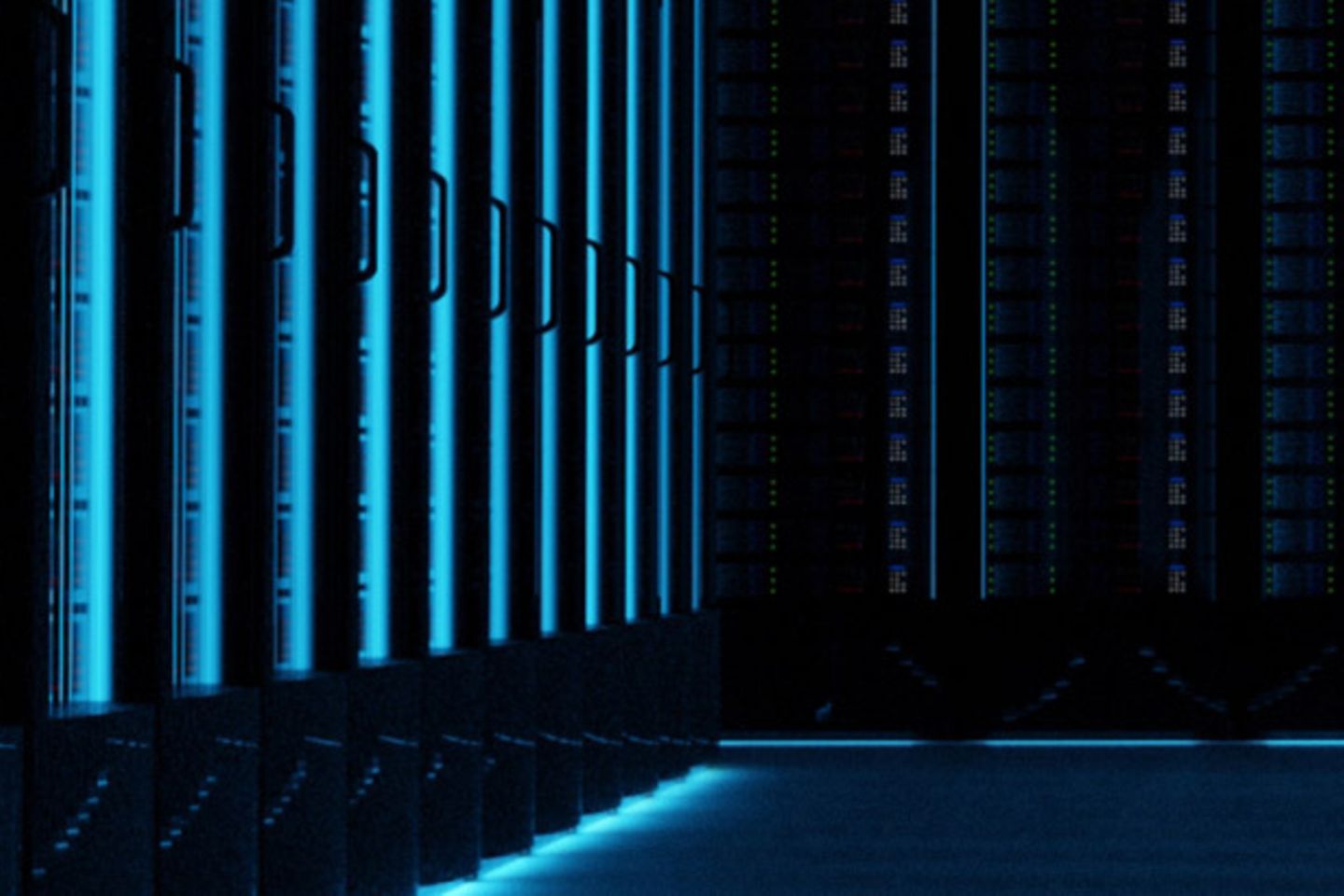
In part one, we looked at the lift and shift method - Re-host, and its equivalent if you run your on-premises IT on VMware – Re-locate. In part two, we reviewed Re-platforming and Re-factoring. But sometimes, there are good reasons not to migrate an application. As part of your cloud strategy, these two no-migration options - Retain, and Retire – may be helpful to consider. Or you could buy an alternative SaaS solution and Repurchase.

Retain means doing nothing for now and revisiting later. Some organizations keep elements of their IT portfolio because they are not ready to migrate or feel more comfortable keeping specific applications on-premises. And there may be pragmatic reasons for them to retain an application on-premises or in a data center. For example:
You should only migrate what makes sense for your business, but the more your portfolio moves to the cloud, the fewer reasons you will have to retain.
Pros
Cons
But none of the challenges of managing a hybrid environment are insurmountable, and you can have the best of all worlds; an expert partner can help you build your strategic roadmap to the cloud.
Casually referred to as ‘drop and shop’, Repurchasing replaces your on-premises software with SaaS (Software as a Service). SaaS vendors deliver applications over the internet, typically on a subscription basis. And for some organizations, an OPEX model is preferable to CAPEX because it helps them better predict and manage their costs.
The decision to move to a newer version or a different solution likely means your organization is willing to change your existing licensing model. For workloads that can be easily upgraded to the latest versions, this strategy might allow a feature set upgrade and smoother implementation. The SaaS option is ideal for everyday business functions with no market advantage, like HR or CRM systems. SaaS vendors often offer a direct cloud-based replacement for on-premises systems, and the necessary training for users is minimal.

What about the potential downsides of replacing your legacy application? It’s highly likely the advantages will outweigh them, but it is worth being mindful of:
As you consolidate your applications and workloads during your exploration phase, you may find that some are no longer necessary, and you can decommission or archive them. Perhaps they have become defunct because of modern ways of working and are no longer fully utilized. Or you could justify their retirement because of the new functionality offered by your other applications or replace them with simpler and more efficient cloud apps.
Identifying IT assets that are no longer useful and can be switched off can help boost your business case as it concentrates the precious resources of your IT team on maintaining assets that are widely used.